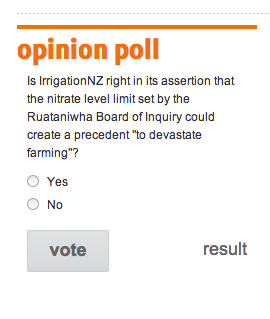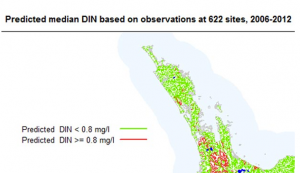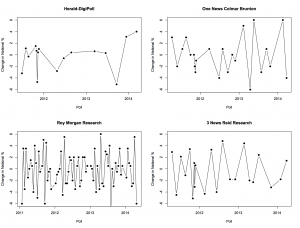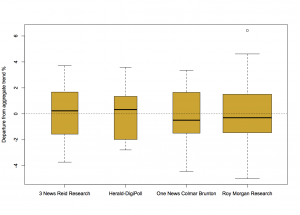What’s a shot at $5million worth?
In March, the US billionaire Warren Buffett offered a billion dollar prize to anyone who could predict all 63 ‘March Madness’ college basketball games. Unsurprisingly, many tried but no-one succeeded.
The New Zealand TAB are offering NZ$5 million to anyone who can predict all 64 games in the 2014 World Cup (soccer, in Rio de Janeiro (probably)). It’s free to enter. What’s it worth to an entrant, and what is the expected cost to the TAB?
If the pool games had equal probability of win/loss/draw and the finals series games were 50:50, which is the worst case for punters (well, almost), the chance of winning would be 1 in 5,227,573,613,485,916,806,405,226,496. That’s presumably also your chance of winning if you use random picks, which the TAB helpfully provides. At those odds, the value of an entry is approximately 1 ten-thousand-million-billionth of a cent (10-19 cents), which is probably less than the cost to you of
By entering this Competition, an Entrant agrees to receive marketing and promotional material from the Promoter (including electronic material).
Of course, you could do better by picking carefully. Suppose that a dozen of the pool round games were completely predictable walkovers, the remaining 34 you could get 70% right, and you could get 50% for final games. That would be doing pretty well. In that case the value of entering is hugely better — it’s almost a twentieth of a cent. If you can get 70% accuracy for the final games as well, the value of entering would be nearly ten cents.
But if you can predict a dozen of the games with perfect accuracy and get 70% right for the rest, you’d be much better off just betting. I looked at an online betting site, and the smallest payoffs I could find in the pool games were 2/9 for Brazil to beat Cameroon and 2/11 for Argentina to beat Iran. If you have a dozen pool matches where you’re 100% certain, you can make rather more than ten cents even on a minimum bet.
So, what’s this all costing the TAB? It’s almost certainly less than the cost of sending a text message to every entrant, which is part of the process. There are maybe three million people eligible to enter, and a maximum of one entry per person. Given that duplicate winners will split the prize, I can’t really believe in an expected prize cost to TAB of more than 0.01 cents per entrant, which works out at about $1200 if every adult Kiwi enters. They should be able to insure against a win and pay not much more than this. The cost of advertising campaign will dwarf the prize costs.
The real incentive to enter is that there will be five $1000 consolation prizes for the best entries when no-one wins the big prize. What matters in figuring the odds for this is not the total number of total entries (which might be a million), but the number of seriously competitive entries. That could be as low as a few tens of thousands, giving an expected value of entry as high as twenty cents if you’re prepared to put some effort into research.
[Update: It’s actually slightly worse than this, though not importantly so. You may need to predict numbers of goals scored in order to break ties when setting up the knockout rounds.]




